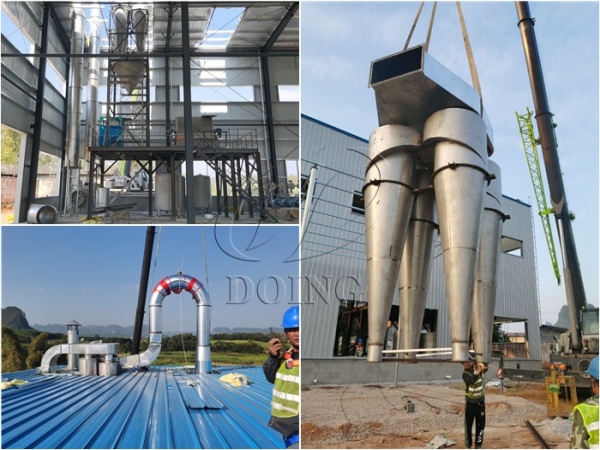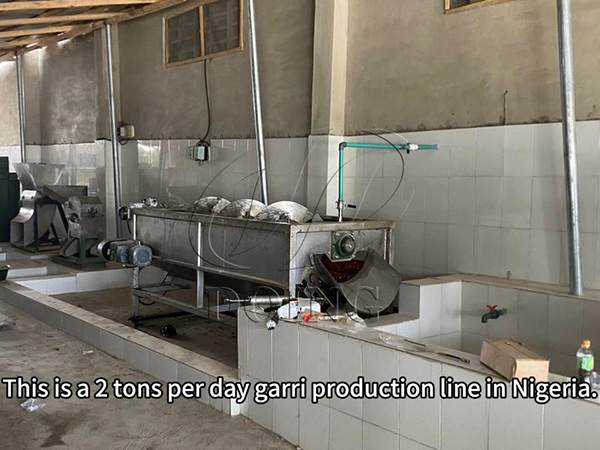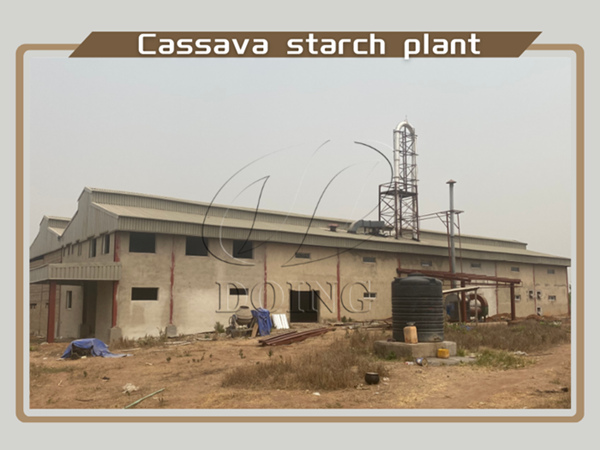
The treatment of cassava mill waste
FAQ/ Chat online/ Leave a message/ July 7, 2023
With the growing popularity of cassava processing businesses such as cassava flour, cassava starch, and garri production in Africa, addressing the issue of cassava mill waste has become a topic of great importance. This article aims to provide valuable insights into the treatment of cassava mill waste, including cassava peels, cassava wastewater, and cassava residue.
The Treatment of Cassava Peels: Cassava peels are a significant component of cassava mill waste. The appropriate treatment method depends on the location and scale of the processing operation. In cases where cassava peeling is conducted on farms, the peels can be utilized as a natural fertilizer by directly dumping them on farmland. This practice not only helps in waste reduction but also enhances soil fertility and promotes sustainable agriculture. However, if peeling is performed near a cassava processing mill or at home, it is recommended to dispose of the peels in nearby refuse bins to prevent potential environmental pollution.
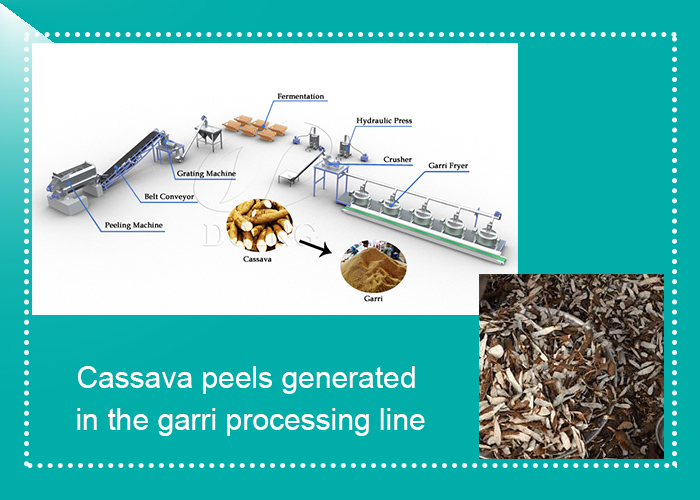 the treatment of cassava peels
the treatment of cassava peels
The Treatment of Cassava Wastewater: In the wet processing methods employed for cassava flour and garri production, cassava wastewater is generated. To minimize water wastage and promote sustainability, it is advisable to recycle this wastewater. The initial step involves storing the wastewater in paddle washing machines for reuse in the processing cycle, specifically for washing raw cassava tubers. However, for the residual wastewater that does not meet local environmental standards, it becomes imperative to invest in suitable sewage treatment equipment.
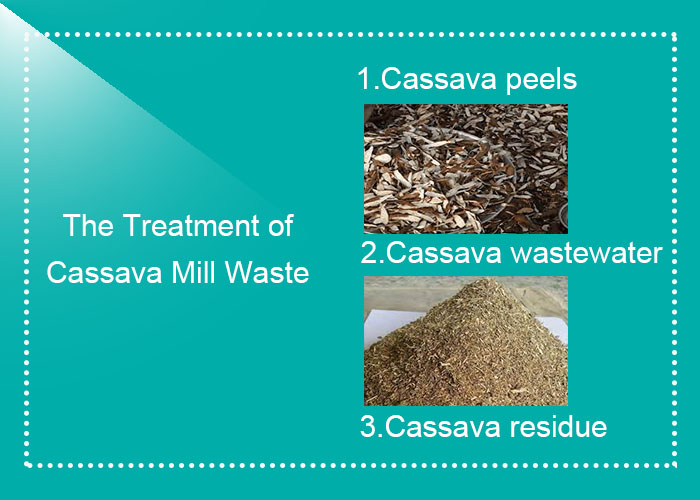 three types of cassava mill waste
three types of cassava mill waste
The Treatment of Cassava Residue: Cassava residue, another component of cassava mill waste, can be effectively repurposed as animal feed. This practice is commonly observed in cassava flour and garri processing lines. By employing dewatering, drying, and mixing techniques with other grains, the cassava residue can be transformed into a nutritious feed source for livestock. The feedback from clients indicates successful utilization of cassava residue as animal feed, contributing to waste reduction and promoting sustainable agricultural practices.
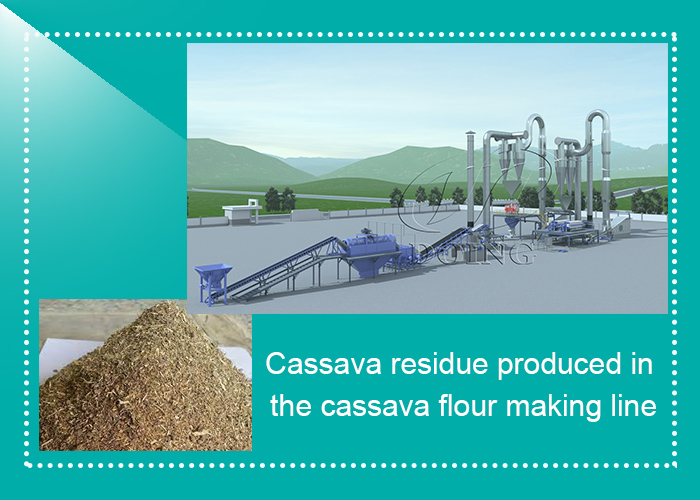 the treatment of cassava residue
the treatment of cassava residue
Additional Considerations:
Research and Development: Continuous research and development efforts should focus on innovative methods of waste treatment, such as biogas production or composting, to further enhance sustainability in the cassava processing industry.
Regulatory Compliance: Cassava processing businesses must adhere to local environmental regulations regarding waste disposal and treatment. Compliance ensures that waste management practices do not harm the ecosystem and surrounding communities.
Public Awareness: Spreading awareness among cassava processors, farmers, and the general public regarding the importance of proper waste management is crucial. This can be achieved through workshops, training programs, and educational campaigns to promote sustainable practices and encourage responsible waste disposal.
In summary, the treatment of cassava mill waste plays a vital role in the sustainable growth of the cassava processing industry. If you wanna learn more details about setting up a cassava mill and sustainably processing measures for cassava business, welcome to contact us, we can provide a turnkey project solution for you!
Leave A Message
- Do you want to buy machine?
- Yes, I want to buy machine
- No, I want to learn more in advance.
- What is your raw material?
- Cassava
- Potato
- Sweet potato
- Others
- 2. What is the final product you want to produce?
- Garri
- Cassava flour
- Cassava starch
- Cassava chips
- Attiekie
- Bammy
- Others
- 3.What is your capacity plan?
- Small scale garri machine
- 1ton per day
- 2tons per day
- 3tons per day
- 10tons per day
- 20tons per day
- Others
- 3.What is your capacity plan?
- Small scale
- 5tons per day
- 10tons per day
- 20tons per day
- 50tons per day
- 100tons per day
- Others
- 3.What is your capacity plan?
- Small scale
- 5tons per day
- 10tons per day
- 20tons per day
- 50tons per day
- 100tons per day
- 200tons per day
- 300tons per day
- Others
- 3.What is your capacity plan?
- Small scale
- Middle type
- Large scale
- What is your capacity plan?
- Small scale
- 5tons per day
- 10tons per day
- 20tons per day
- 50tons per day
- 100tons per day
- 200tons per day
- 300tons per day
- Others

